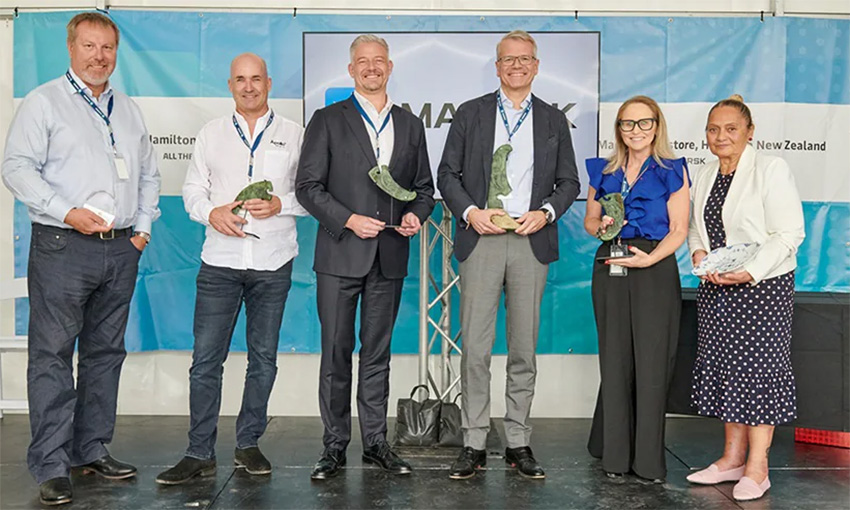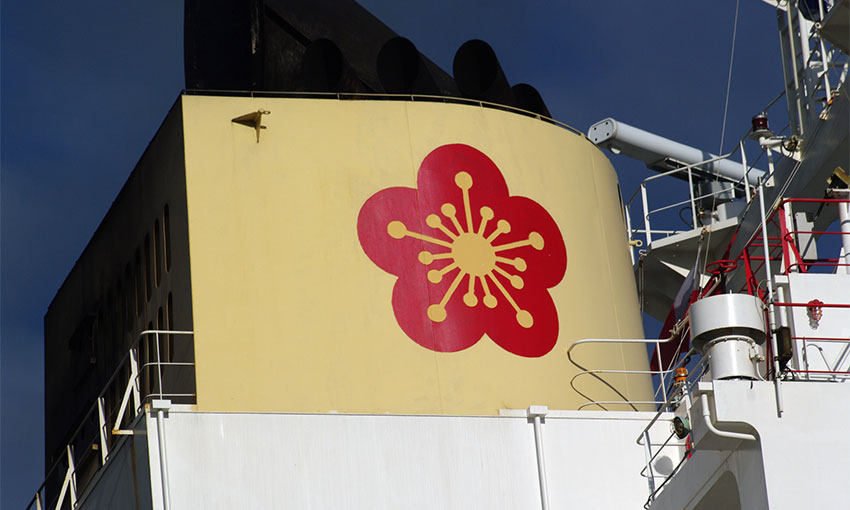MAERSK has opened its integrated cold chain facility at the Ruakura superhub, solidifying Hamilton as a touch point within the Golden Triangle for freighting and logistics in New Zealand.
With approximately NZD150 million invested in the Ruakura facility, it makes it Maersk’s biggest infrastructure investment in the country.
The new facility effectively moves the ocean inland by offering customers end-to-end supply chain management including import, export, and cross-docking services.
It will enable the exchanging of goods between transport modes, such as rail and truck, creating a flexible and sufficient supply chain within the Waikato and wider New Zealand.
Hamilton sits at the heart of the Golden Triangle, between Auckland and Tauranga, which sees 65% of New Zealand’s total freight flow through the strategic corridor.
“New Zealand has long played a vital role in the global supply chain from dairy, meat to seafood and fruits, the primary industry sector to drive the development of country’s economy,” Maersk CEO Vincent Clerc said.
The facility will leverage landside logistic capabilities, allowing for larger quantities of imported and exported goods to flow through New Zealand and the wider Asia-Pacific region.
“The new facility’s ideal location now seamlessly links the ports of Auckland and Tauranga, providing a supply chain for our customers and increases the volume of possible imports and exports to and from New Zealand, all while retaining the quality of the products,” Maersk Oceania managing director Kylie Fraser said.
The facility will be well utilized by New Zealand’s largest dairy company, Fonterra, supporting their North Island production.
Other customers Maersk will see at the facility include BluePrint Global/NZ Grass-Fed Butter, Mega Foods, and Service Foods.
The multi-modal 18,000 square metre facility harnesses the dual-carriage State Highway 1 and direct rail connectivity to the Port of Tauranga and the Port of Auckland and has the capability to load 40ft containers holding 29 tonnes of product onto train carriages.
The cold chain facility allows customers to retain the quality of their products during transit by housing nearly 30,000 pallets of products in both cold rooms and blast freezers.
The blast freezers can freeze produce down to international food standards in less than 24 hours, locking in the quality and ensuring a fresher product when it reaches its destination.
The multitude of rooms allows for various products to be stored at different temperatures.





